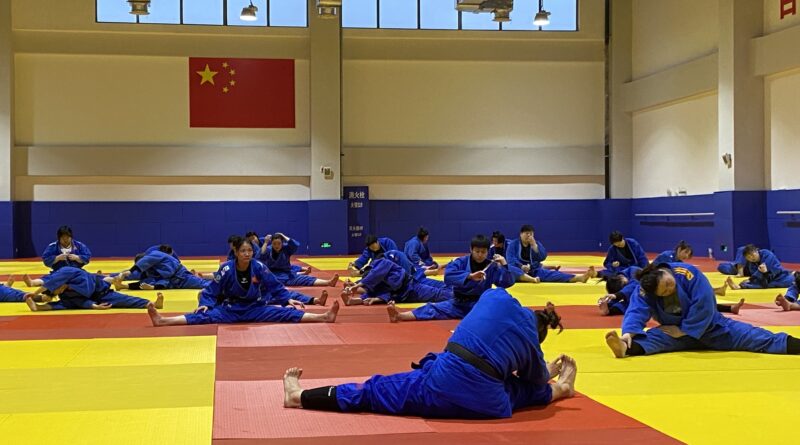Effects of different work-to-rest ratios of high-intensity interval training on physical performance and physiological responses in male college judo athletes
Zhang Z, Xie L, Ji H, Chen L, Gao C, He J, Lu M, Yang Q, Sun J, Li D. Effects of different work-to-rest ratios of high-intensity interval training on physical performance and physiological responses in male college judo athletes. J Exerc Sci Fit. 2024 Jul;22(3):245-253. doi: 10.1016/j.jesf.2024.03.009. Epub 2024 Mar 24.

INTRODUCTION
Judo is an intermittent and metabolically demanding combat sport in which the main goal is to obtain an ippon (full point, achieved through various techniques) or score multiple technical points.1,2 A judo match typically lasts for 4 min, and it can be ended with an ippon at any time or extended into extra time if a tie occurs at the conclusion of regular time.3 A study indicated that the judo match primarily relies on aerobic energy systems, whereas the scoring actions require both strength and power, which are supported by the anaerobic energy systems.4Judo athletes perform many actions, including approaching, gripping disputes, attacking, defensive actions, and groundwork attempts, during each match, and medal contenders have to complete 5–7 matches in a single competition.5 Thus, judo athletes need to develop muscular power, strength, and endurance to be successful in competitions.
High-intensity interval training (HIIT), which is characterized by short bouts of above-maximal lactate steady-state intensity exercises separated by periods of insufficient recovery,6 is a time-efficient method to develop both aerobic and anaerobic endurance and repeated power performance.7,8 HIIT has been used in combat sports (e.g., judo, taekwondo, wrestling, and boxing) as a complement to standard sports-specific training for a long time, but it has drawn increased attention from researchers only in the past 20 years.9
Read more HERE.


